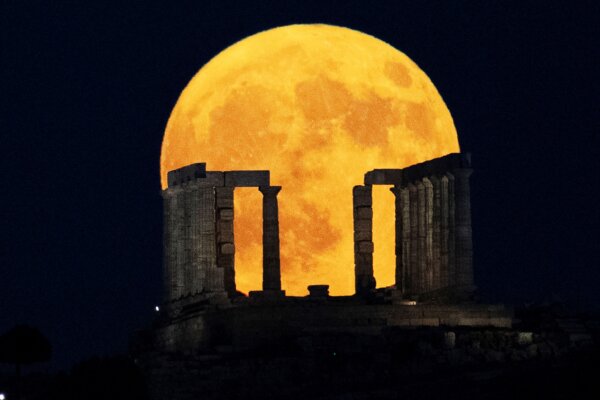
CAPE CANAVERAL, Fla.—The supermoon that occurred on Monday marked the first of four such events scheduled for this year.
During a supermoon, the full moon comes slightly closer to Earth than usual. While a supermoon may appear larger in the night sky, scientists note that the difference is often barely noticeable.
In September, a supermoon will align with a partial lunar eclipse. The closest supermoon of the year is expected in October, with November bringing the final supermoon of 2024.
More of a popular term than a scientific designation, a supermoon happens when a full moon coincides with a particularly close orbit around Earth. This phenomenon typically occurs three or four times a year in consecutive fashion, due to the moon’s elliptical orbit.
By Marcia Dunn






